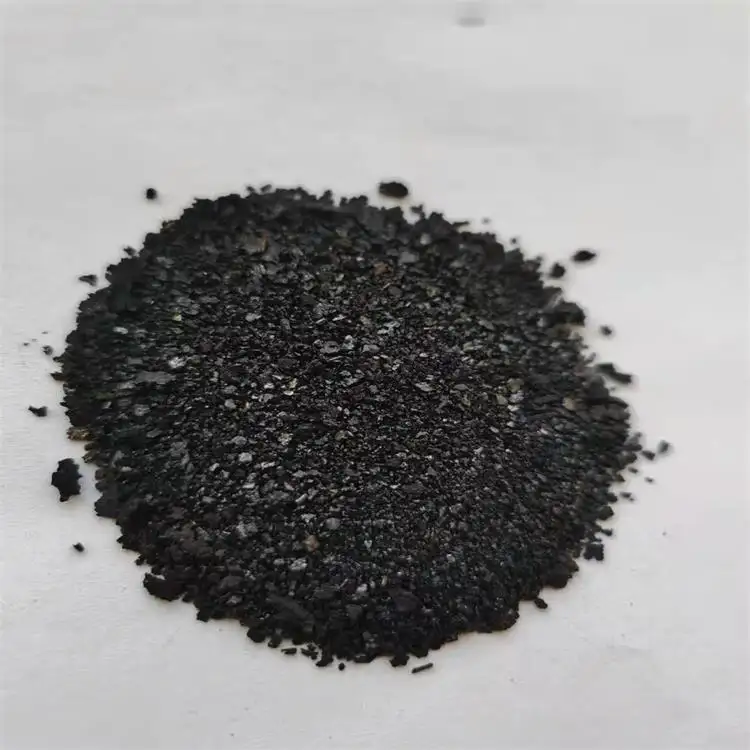Leading Manufacturer of Authentic Indigo Dye for Sustainable Textile Applications and Creative Artisans
The Essence of True Indigo Dye A Look into Its Manufacturing
Indigo dyeing has a rich history that dates back thousands of years, making it one of the oldest dyes known to humanity. True indigo, derived from the plant *Indigofera tinctoria*, has captivated artists, fashion designers, and textile manufacturers alike with its deep, vibrant blue hues. Today, understanding the manufacturing process of true indigo dye sheds light on its cultural significance and its continued relevance in the modern world.
The Plant Indigofera Tinctoria
The journey of true indigo begins with the indigo plant itself. Indigenous to Asia, Africa, and South America, *Indigofera tinctoria* thrives in warm, tropical environments. The leaves of the plant are the primary source of indigo pigment. Harvested during specific seasons, the leaves are typically gathered when they reach peak maturity to ensure the highest concentration of indigo.
Extraction Process
The extraction of indigo dye is a meticulous process that involves fermentation. After the leaves are harvested, they are soaked in water for several hours to stimulate the breakdown of the green chlorophyll. This process also allows the conversion of the glycoside indican present in the leaves into indoxyl, a key component for dyeing.
Following soaking, the mixture is subjected to a natural fermentation process. By adding water and aerating the mixture, a specific pH level can be achieved, which lasts for several days. This process encourages the growth of bacteria that aid in converting indoxyl into soluble indigo. As the solution ferments, it changes in color from green to a rich blue, indicating that the dye is forming.
Precipitation and Processing
true indigo dye manufacturer

Once fermentation is complete, the next step involves precipitating the indigo from the solution. This is typically done by adding an alkaline substance, such as lime or sodium carbonate, which causes the indigo to bond together, separating it from the water. The result is a blue sludge that looks somewhat like mud. This sludge is then collected, washed, and dried, creating indigo cakes or powder that can be easily stored and transported.
Dyeing Techniques
The true beauty of indigo comes to life during the dyeing process. One of the most renowned techniques involves a traditional method known as “shibori,” a Japanese tie-dye technique that produces intricate patterns and designs. The indigo dye can also be applied using immersion, where textiles are submerged in a dye bath, allowing the molecules to bond with the fabric, creating a deep blue color.
Unlike synthetic dyes that may produce uniform results, true indigo dyeing can yield various shades of blue depending on factors like fabric type, dyeing duration, and the number of dips. This variability gives each piece its unique character and appeal, making indigo-dyed products highly sought after.
The Sustainable Future of Indigo Dye
With growing awareness around sustainable practices in textiles, the appeal of true indigo has gained momentum. Many manufacturers are now prioritizing eco-friendly methods, utilizing organic farming practices to cultivate indigo plants. This return to natural dye processes not only preserves the art of indigo dyeing but also minimizes the environmental impact often associated with synthetic dyes.
In conclusion, the journey of true indigo dye from plant to fabric is a testament to tradition, artistry, and sustainability. As we embrace the beauty of indigo, understanding its manufacturing process helps us appreciate its cultural importance and ensures its future remains vibrant. Whether it's in high-fashion runways or everyday clothing, true indigo will continue to weave its timeless charm into the fabric of our lives.
-
Sulphur Black Dyes in Daily Use
NewsMay.07,2025
-
Indigo Dyeing for Daily Life
NewsMay.07,2025
-
Indigo Dye Production and Its Growing Demand
NewsMay.07,2025
-
Color That Lasts
NewsMay.07,2025
-
Bromo Indigo for Modern Use
NewsMay.07,2025
-
Blue From Nature
NewsMay.07,2025
-
The Timeless Color in Fashion and Textiles
NewsApr.10,2025

Sulphur Black
1.Name: sulphur black; Sulfur Black; Sulphur Black 1;
2.Structure formula:
3.Molecule formula: C6H4N2O5
4.CAS No.: 1326-82-5
5.HS code: 32041911
6.Product specification:Appearance:black phosphorus flakes; black liquid

Bromo Indigo; Vat Bromo-Indigo; C.I.Vat Blue 5
1.Name: Bromo indigo; Vat bromo-indigo; C.I.Vat blue 5;
2.Structure formula:
3.Molecule formula: C16H6Br4N2O2
4.CAS No.: 2475-31-2
5.HS code: 3204151000 6.Major usage and instruction: Be mainly used to dye cotton fabrics.

Indigo Blue Vat Blue
1.Name: indigo blue,vat blue 1,
2.Structure formula:
3.Molecule formula: C16H10N2O2
4.. CAS No.: 482-89-3
5.Molecule weight: 262.62
6.HS code: 3204151000
7.Major usage and instruction: Be mainly used to dye cotton fabrics.

